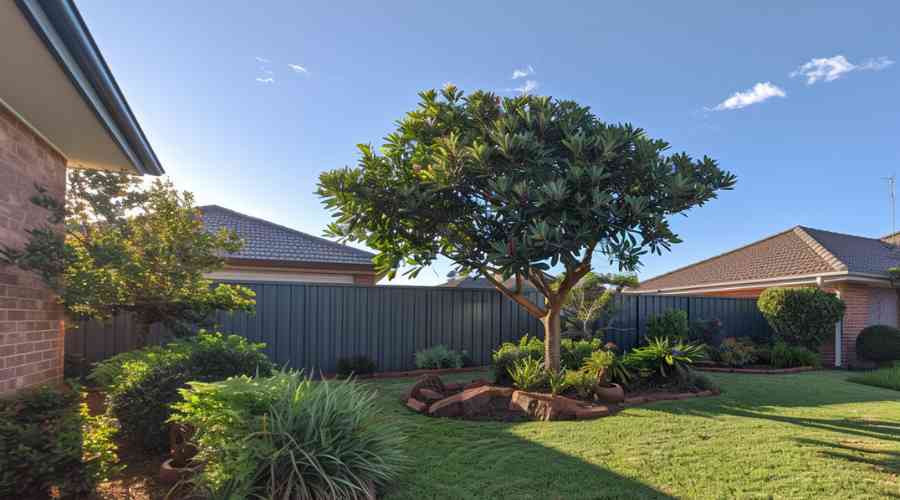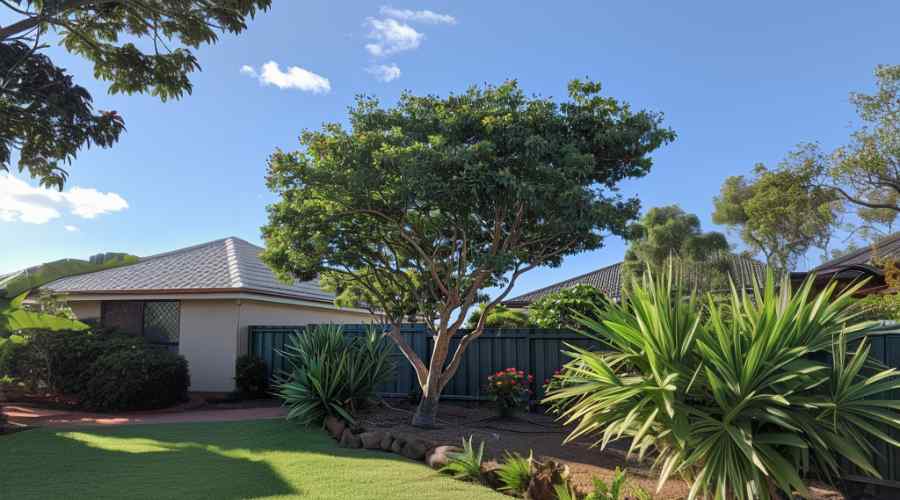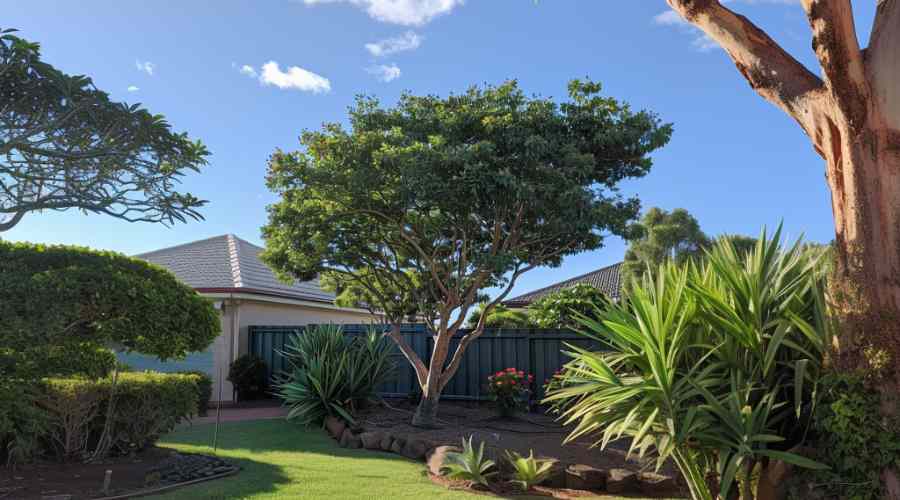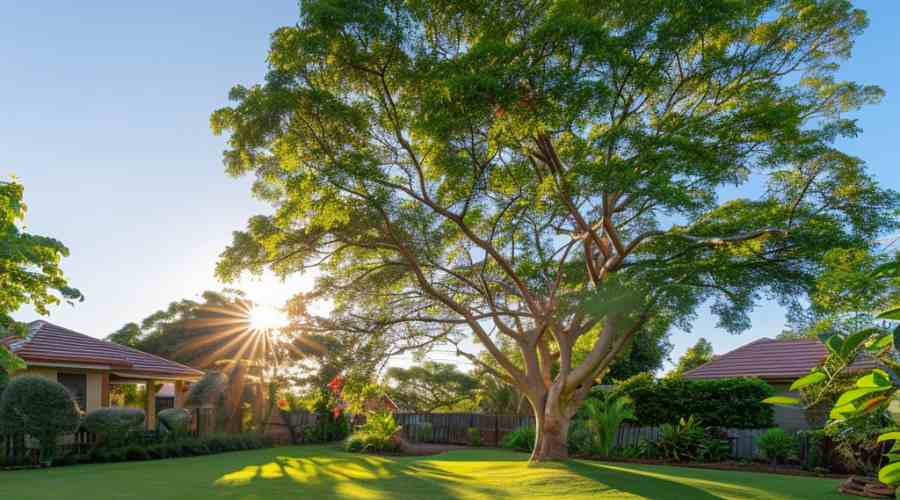Guide to Tree Removal Brisbane
Brisbane Tree Maintenance Guide
Removing a tree in Brisbane can be tricky business. From safety issues to environmental impact, several key factors require consideration. This guide offers homeowners advice on tree removal basics – from defining industry terminology to finding the right professional help. Continue reading to equip yourself with knowledge for facing tree removal or maintenance in Brisbane.
What is Arboriculture?
Arboriculture is the cultivation, management, and study of individual trees, shrubs, vines, and other perennial woody plants. Professionals who practice this discipline are called arborists. They have extensive expertise in planting, maintaining, and removing trees.
What is an Arborist?
An arborist is a professional skilled in the science and art of planting, caring for, and maintaining trees. They specialise in the needs of trees in backyard, urban, and forest settings.
Arborists assess tree health. They provide services like pruning, pest management, transplantation, and removal. When tree cutting or extraction is advised, qualified arborists know the techniques that limit environmental impact and property damage.
Benefits of Removing Trees
- Less mess. Falling leaves, fruits, and branches = less cleanup.
- More light. With tree gone, more sun can reach yard and home.
- Space opened. Provides room for gardens, sheds, play areas.
- House protected. Eliminates risk of falling limbs damaging roof, windows.
- Driveway clear. Removed stump and roots no longer block driveway access.
- Upgrade appearance. A maintained yard looks tidier from the street.
- Safety improved. Takes away decaying trunks that could fall and hurt someone.
- Pests controlled. Gets rid of diseased trees infested with bugs and infection.
Tree Services
What is Tree Removal?
It refers to the complete extracting of entire trees that are dead, dying, diseased. Damaged trees get cut down branch by branch until the main trunk is severed near the base. It creates space for new landscaping, structures, or open yards free of clutter. It also eliminates safety hazards of falling limbs or decaying trunks.
Professional arborists utilise chainsaws, cranes, lifts, and rigging tools to safely dismantle large trees. Stump grinding equipment then pulverises remaining wood and roots underground. Tree services haul away the wood pieces for recycling or proper disposal. The newly vacant space left behind gets transformed into gardens, sheds, playsets or pool installations.
What is Tree Lopping?
It means pruning and cutting back major branches and tops of live trees. Overgrown trees that block views, touch power lines, or extend near roofs undergo lopping. Trees harmed by storms, pests, or disease also benefit from lopping off broken or infected sections.
By sawing off problematic parts of trees, lopping helps guide renewed growth in optimal outward patterns. It’s best done in early spring before nesting season. Certified arborists strategically lop trees back to a sturdy trunk or main leader stem. A little radical pruning triggers vigorous regeneration nearly indistinguishable from the original form.
What is Tree Pruning?
It refers to trimming smaller branches and twigs rather than major limbs. Precision pruning removes damaged, dead or irregular growth to shape and thin canopies. Ideal technique enhances natural structure and allows airflow and light penetration.
This selective cutting improves health, prevents disease, and averts issues. Pruning extends trees’ lifespan by directing energy to remaining vegetation. It also maintains desired decorative shapes and silhouettes. With pruning, trees flourish using fewer resources and coexist safely near infrastructure. Experts know where and when to make the most beneficial pruning cuts.
What is Tree Relocation?
Tree relocation means the digging up and moving of whole live trees from one property to be replanted at another site. Using specialised hydraulic spades and cranes, pros carefully extract targeted landscape trees roots-and-all. After transport, they replant it, stake it for stability, and nourish it using supplements until fully re-established.
Property developments often require relocation to accommodate new buildings and layouts. Transplanting mature trees instead of removing them preserves the environmental perks. And owners can continue enjoying their cherished trees for years to come. When correctly executed, the right tree species can adjust well to new soil and space with minimal health decline.
What is Stump Grinding?
Stump grinding chews up what’s left behind after removal down to depths of 12 inches underground. Using specialised equipment, technicians make passes across remaining tree roots to break down wood fibers and root segments into tiny chips until surface level again.
This pulverisation of residual stumpage clears space for fresh landscaping like new tree plantings, vegetable gardens, fences, pathways or structure foundations. There’s no need to dig out remaining roots by hand. It is faster, neater and less labor intensive. The shredded wood bits make excellent recyclable garden mulch enriching soil.
What is Land Clearing?
Removing all trees, stumps, bushes, and plants from an area is called land clearing. Bulldozers push vegetation into piles. Heavy duty shredders turn wood and leaves into mulch.
It makes room for buildings and new projects. It gives construction crews empty spaces to work. The mulched wood bits get hauled away, leaving bare flattened dirt behind. Then crews start pouring foundations or planting grass as desired.
What is Palm Removal?
Palms die if their trunk gets damaged or diseased. Since palms don’t grow back, the dead ones must be taken out completely. This is called palm removal.
Palms removed down to the roots get cut up by chain saws. Cranes may lift out super tall palm trunks. Then the hole gets filled and new palms planted. Removing dead palms keeps yards looking neat.
What is Tree Trimming?
Cutting away new growth around the outer branches is called tree trimming. Trimming shapes and controls unruly branches. It keeps them off power lines and buildings.
Regular trimming makes trees grow nicely. It guides them away from sidewalks and fences. Well-trimmed trees look neat and intentional. Trimming maintains health too.
What is Mulching?
Turning branches, trunks and leaves into wood chips is called mulching. Mulchers shred up woody debris into tiny bits with fast spinning blades.
Mulch made of recycled tree parts spreads on gardens. It holds moisture for plants and feeds soil. At tree job sites, excess mulch is removed, composted or given away. Mulching recycles tree waste into wood chips useful for fresh landscaping.
Signs You Need To Remove Trees
Trees getting old, weak or tilted over likely need removing. Chopping off lots of dead branches it is dying. Dark stains, fungi or holes show rot inside. Nesting bugs eat and kill trees. If trees look hazardous, call the expert crew.
Before trees fall and get dangerous, removal is safest. Storms can push over unhealthy trees easier. Trees growing into buildings or power lines also need chopping down before problems happen. Protect your home by removing struggling trees.
Tools Used By Tree Experts
Professionals use good gear like:
- Chainsaws – For cutting branches and taking trees apart
- Wood Chippers – Quickly shred leaves into garden mulch
- Stump Grinders – Chew up leftover stumps and roots on the ground
- Cherry Pickers – Lift heavy trunks and logs over things
- Tub Grinders – Grind whole trees into wood chip mulch
Using industry standard tools maximises welfare for hard tree work.
Licensing Requirements in Brisbane
Brisbane tree workers must take special training and pass tests. Earning formal credentials shows proper knowledge on tree care. Experienced arborists know how to safely remove trees following all rules.
Check for licenses and insurance from Queensland Building and Construction Commission (QBCC) before hiring. Certified tree services display credentials openly. Licensed companies won’t damage surroundings when removing trees. Proper training ensures community welfare. Untrained removal puts home and commercial property and people at risk.
Tree Regulations
Brisbane may require tree removal permits. This ensures correct trees get removed safely. Heavy fines can happen if protected trees are chopped without permission.
Experienced companies know removal rules. They submit tree work consent when needed before sawing. Check if your tree requires Brisbane city council approval before hiring. Licensed arborists handle forms and regulations.
Dangers of DIY Tree Removal
Falling trees and branches easily crush people. Heavy logs, tools and power lines pose risks to untrained homeowners. Leafy canopies hide dangers overhead out of view.
Attempting do-it-yourself tree removal gets hazardous fast. High climbing using saws and gear takes professional skill. One mistake can injure you severely or damage property. Protect yourself by letting certified team handle it.
How to Choose a Reliable Tree Removal Company
- Check license and insurance info
- Call Brisbane references to confirm good work
- Avoid vague rates given before seeing tree
- Select company displaying credentials openly
- Request removal plan for approval
- Ensure clean work and debris hauling included
- Discuss all concerns and specifics beforehand
Tree Removal Price Guide
It costs more to remove larger trees. Their thick trunks and tall heights need more work. Shorter, skinnier trees cost less. Removing old rotten trees takes longer too versus healthy ones. Dead trees are brittle and dangerous for crews to handle.
Places that are tricky to access hike the cost too. Tools and trucks can’t easily reach. Special cranes must hoist cutters and logs over homes or fences. That gear costs extra. Grinding leftover stumps adds an additional fees. Hauling away wood debris does too if not included.
Check for hidden fees beforehand when requesting quotes. Licensed professionals factor all these things fairly when pricing jobs. They’ll describe everything covered under one estimate.
About Brisbane
Brisbane sits in Queensland, Australia along winding Brisbane River. Lots of pretty green trees and parks fill this sunny subtropical city. About 2.5 million residents live in the greater metro which keeps growing outwards.
Downtown has shiny highrise buildings and bridges. Surrounding suburbs sprawl across hills, valleys and waterfronts. Lush tropical foliage abounds thanks to the mild climate. Great soil helps trees thrive tall.
Founded in 1824, Brisbane started as a lonely prison colony. Today it leads world rankings for quality and affordability. Nature lovers, students, and tourism increasingly flock for opportunity and adventures.
Iconic sights include the Wheel of Brisbane Ferris wheel, Story Bridge, funky cafes, and South Bank cultural hotspot. Catching river breezes under the mangroves keeps locals smiling every day in this laidback Garden City of Australia.
Inner City Brisbane
Downtown Brisbane has taller modern buildings without much room for big trees. Small street trees and pretty park foliage fits best. Tight spaces make removing downtown trees tough but doable.
Experienced crews use neat tricks like using ropes to lower cut logs safely. Traffic control and pedestrian wellbeing takes extra coordination. City tree care needs more eyes and planning. But certified help is available for any tree tasks needed among the skyscrapers.
Eastern Suburbs
Old neighborhoods east of downtown have beautiful treelined streets and gardens. Home values stay higher thanks to established scenery and shade. Large limbs occasionally fall during storms. And old trunks eventually weaken with age and bugs.
Healthy trees get well cared for. But tree services stay busy with pruning and removal requests. Residents aim to keep their properties gorgeous. They hire licensed helpers to handle aging trees around existing patios, pools, and tennis courts.
Northern Suburbs
Northern outside areas have many freshly built subdivisions. New move-in homes mean young trees get planted everywhere. Fast growing types like gum trees thrive easily across rolling hills of new lawns.
Suburbs here stay busy with basic tree shaping and repairs. As saplings mature over years, more pruning and trimming jobs arise. Removals happen too when ailing trees decline past saving or regrowing strong again. Problems bring certified removers.
Southern Suburbs
Stretching south lay a mix of homes and industrial zones. Bushy trees, lush gullies, and parks scatter between warehouses. Recent bushfires devoured wooded lots unfortunately. So crews cleared out dead stands and plant healthy re-growth.
Residents value living alongside nature despite risks. Certified arborists assess and remove questionable dying trees before falling limbs endanger families. Keeping power lines clear of dangerous branches also minimises outages. A blend of tree care needs combine across the area.
Western Suburbs
Newer affordable housing options keep expanding westward. Young families with limited budgets find fixes for basic yard tree troubles. Smaller front trees get trimmed or removed if causing issues. Some attempt DIY but learn it’s better hiring capable hands.
Highway routes snake past clusters of homes and shops with trees of all ages. As the population spreads, pro arborists stay ahead offering fair pricing for most private property owners’ modest tree care budgets. Traffic medians and commercial zones receive attention too as needed.
FAQs
Why remove a tree?
When dying or hazardous trees threaten safety, proactive removal protects wellbeing and property. Removing tangled trees also makes room for other backyard upgrades.
What does tree removal cost?
Cost varies based on height, density, access challenges and if tree stump removal is included. Licensed arborists provide custom quotes based on your specific situation.
Who should I hire to remove a tree?
Certified arborists have proper training and equipment to remove trees while protecting people, homes and the surrounding environment. Verify license and insurance first.
When’s the best season for removal?
Schedule non-emergency removals in fall and winter when fewer wildlife nests are present. But any dangerously struggling tree should be extracted immediately no matter the season.
How to Maintain Trees
- Water young trees weekly
- Fertilise annually
- Prune away dead limbs
- Check for pest holes or fungi
- Rake fallen leaves to keep healthy
- Hire arborists to assess health
Keep trees happy! Their shade and beauty boosts property value while cleaning air and housing wildlife.
Conclusion
Brisbane’s beloved trees require care as they mature. Making room for safe structures while preserving urban trees keeps the River City livable. Qualified tree care specialists establish thriving communities.
Learn the signs of struggling trees versus healthy stands worthy of preservation. Growth and decline remain inevitable neighbors. But practical sustainable management from civic forests to private plots proves this green gem of Australia endures.





Leave A Comment
You must be logged in to post a comment.